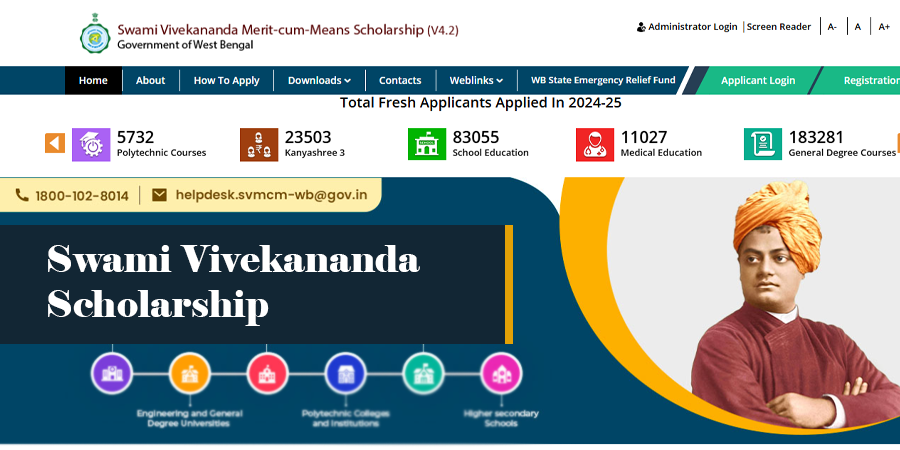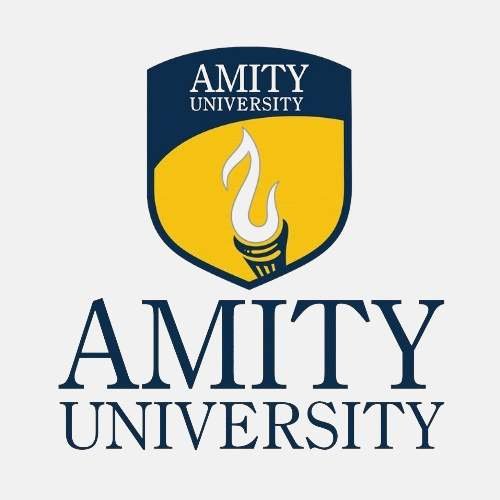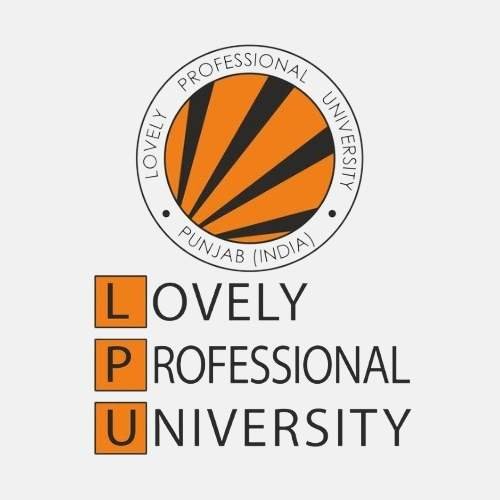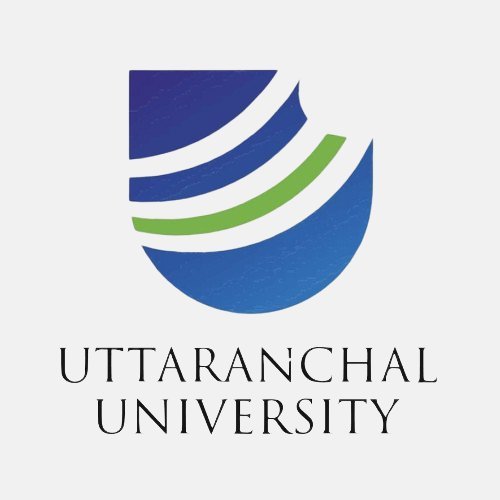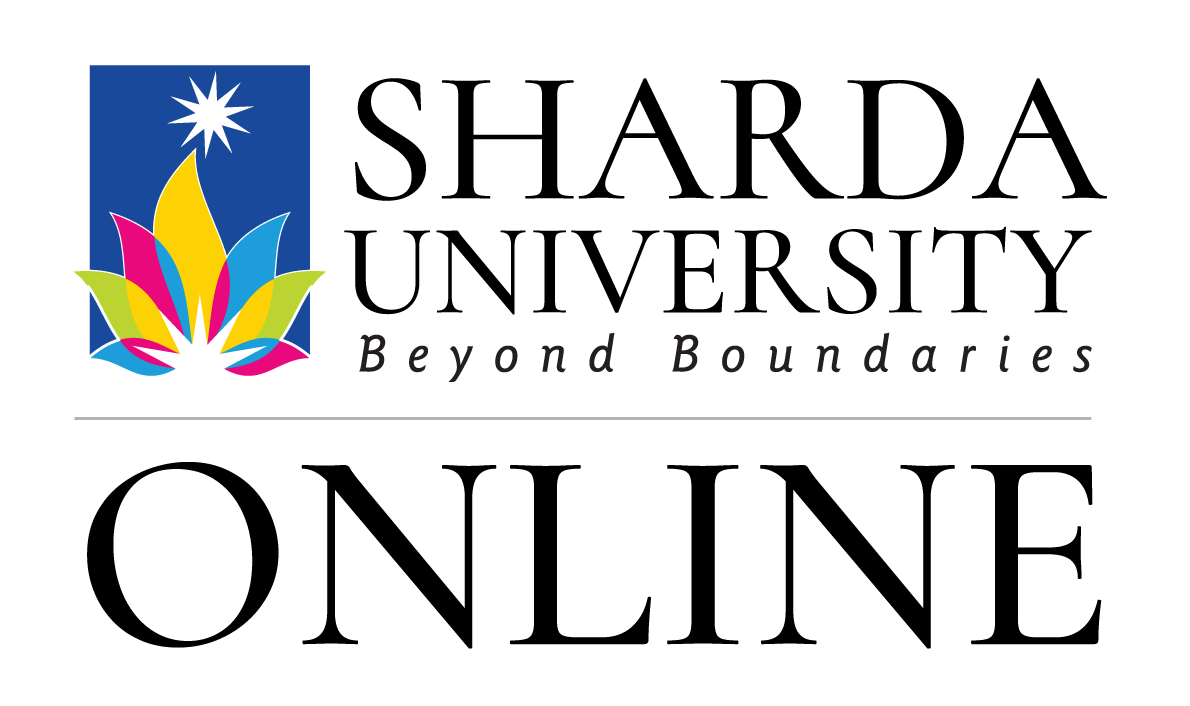If you are in Class 12 or have just finished college, you must have heard about CUET. It’s a common entrance test that many top universities in India now use to give admission into different courses.
But many students get confused between CUET UG and CUET PG. What do they mean? And how are they different? CUET UG is for students who have passed Class 12 and want to study undergraduate courses. CUET PG is for students who have completed their graduation and want to join postgraduate courses.
In this blog, we will explain the main differences between CUET UG Vs PG, like who can apply, what the exam includes, and how both help you get into good colleges.
About CUET UG
CUET UG (Common University Entrance Test – Undergraduate) is a national-level exam conducted by the National Testing Agency (NTA). It is held for students who want to take admission in undergraduate (UG) courses after Class 12.
With CUET UG, students can apply to many central, state, private, and deemed universities through a single entrance test. This makes the admission process easier and more transparent for everyone. Courses like BA, BSc, BCom, BBA, BCA, and many others are offered through CUET UG in participating universities across India.
About CUET PG
CUET PG (Common University Entrance Test – Postgraduate) is a national-level exam conducted by the National Testing Agency (NTA). It is for students who want to take admission in postgraduate courses after finishing their graduation.
CUET PG is accepted by many central, state, and other participating universities across India. This exam gives students a single platform to apply to several universities with just one test. It helps simplify the admission process for PG courses like MA, MSc, MCom, MBA, and more.
CUET UG vs PG: Key Differences at a Glance
Feature | CUET UG | CUET PG |
Full Form | Common University Entrance Test – UG | Common University Entrance Test – PG |
Purpose | Admission to undergraduate courses | Admission to postgraduate courses |
Eligibility | Passed or appearing in Class 12 | Bachelor’s degree or final year student |
Age Limit | No age limit | No age limit |
Exam Pattern | Multiple sections: Language, Domain, General Test; 50 MCQs per section; 6 subjects max | Single paper; 75 MCQs; 90 minutes exam |
Marking Scheme | +5 for correct, -1 for wrong answers | +4 for correct, -1 for wrong answers |
Exam Mode | Computer-Based Test (CBT) | Computer-Based Test (CBT) |
Syllabus | Class 12 level subjects and general aptitude | Graduation level subjects and general paper |
Languages | 13 language options | Bilingual (English & Hindi), some language-specific papers |
Application Target | Students completing school (12th standard) | Students completing graduation |
CUET UG vs PG Eligibility Criteria
CUET UG Eligibility:
- You must have passed Class 12 or an equivalent exam from a recognized board.
- For General category students, at least 50% marks are usually needed. For reserved categories (SC/ST/OBC/PwBD), the minimum is around 45%.
- There is no age limit to apply for CUET UG.
- Students from any stream — Science, Commerce, or Arts — can apply.
- You can choose any subjects in CUET UG regardless of your Class 12 subjects.
- Make sure to check the specific eligibility and subject requirements of the university or course you want to join.
- Candidates should be Indian nationals.
CUET PG Eligibility:
- You need a Bachelor’s degree or equivalent from a recognized university.
- Final year students of graduation can also apply.
- There is no age limit for CUET PG either.
- Minimum marks in graduation vary by category: usually 50% for general and 45% for reserved categories.
- Some universities or courses may have their own program-specific eligibility rules, so always check carefully.
CUET UG vs PG Exam Pattern
Feature | CUET UG | CUET PG |
Exam Type | Computer-Based Test (CBT) | Computer-Based Test (CBT) |
Sections | 3 Sections: Language Test, Domain-Specific Subjects, General Test | Single Section |
Number of Questions | 50 MCQs per section (total depends on subjects chosen, up to 6 subjects) | 75 MCQs total |
Duration | 60 minutes per section | 90 minutes total |
Marks per Correct Answer | 5 marks | 4 marks |
Negative Marking | 1 mark deducted for each wrong answer | 1 mark deducted for each wrong answer |
No Negative Marking | No (negative marking applicable) | No negative marking for unattempted questions |
Languages Available | English + 12 regional languages | English and Hindi (bilingual) |
Total Marks | Up to 1250 (depends on subjects chosen) | 300 |
Choice within Sections | No choice; all questions are mandatory | Single section with all questions mandatory |
CUET UG vs PG Syllabus
CUET UG Syllabus
The CUET UG syllabus is set to cover many subjects for undergraduate admissions across central universities in India. It includes three main parts:
- General Test:
This section checks your general knowledge, current affairs, basic math skills, and reasoning abilities. It includes:- General mental ability
- Numerical ability
- Logical and quantitative reasoning
- Languages:
You can choose from a list of languages like English, Hindi, and 12 other regional languages. The syllabus focuses on:- Reading comprehension
- Vocabulary
- Verbal ability
- Grammar
- Domain-Specific Subjects:
This part depends on the course or program you want to apply for. The subjects can vary widely but generally include:- Science: Physics, Chemistry, Biology, Mathematics, Computer Science
- Commerce: Accountancy, Business Studies, Economics
- Arts: History, Political Science, Sociology, Psychology, Literature
- Other fields: Fine Arts, Mass Media, and more
CUET PG Syllabus
The CUET PG syllabus covers a wide range of subjects and programs like humanities, sciences, MBA, MCA, and more. It is divided into two main parts:
- General Paper (Part A):
This part focuses on basic skills that are useful for many programs. It may include:- English and Hindi comprehension
- Mathematics or quantitative ability
- Logical reasoning and data interpretation
- General knowledge, current affairs, science, history, geography, environment, and political science
- Subject-Specific Paper (Part B):
This part tests your knowledge in the subject of the postgraduate program you are applying for. The syllabus varies based on the program, for example:- Humanities: Fine Arts, History, Culture, Philosophy, Languages, etc.
- Sciences: Chemistry, Physics, Mathematics, Biology, Environmental Science, etc.
- MBA: Language comprehension, quantitative ability, data interpretation, and reasoning.
- MCA: Decision making, thinking skills, mathematics, computer science.
Relatable Blogs
Conclusion
CUET UG and CUET PG are important exams for getting into many good universities in India. Both exams are run by the same organization, but CUET UG is for undergraduate courses, and CUET PG is for postgraduate courses. They have different eligibility rules, exam patterns, and syllabus. So, it’s important to know these differences before you start preparing.
If you want to join an undergraduate course, focus on your Class 12 subjects and basic skills. For postgraduate courses, study your graduation subjects well and practice reasoning and thinking skills. Also, always check the rules and syllabus of the university and course you want to apply for.
Frequently Asked Questions
Q1. What is the full form of CUET UG and CUET PG?
Ans: CUET UG stands for Common University Entrance Test for Undergraduate courses, and CUET PG stands for Common University Entrance Test for Postgraduate courses.
Q2. Who conducts CUET exams?
Ans: The National Testing Agency (NTA) conducts both CUET UG and CUET PG exams.
Q3. Can final year students apply for CUET PG?
Ans: Yes, students in the final year of their Bachelor’s degree can apply for CUET PG.
Q4. Is there any age limit for CUET UG and CUET PG?
Ans: No, there is no age limit for either CUET UG or CUET PG.
Q5. Are the CUET UG and PG exams offline or online?
Ans: Both exams are computer-based tests (CBT), so they are conducted online.







